Fighting grape chlorosis

Chlorosis of grapes is a disease that affects the plant due to a lack of iron. In the common people it is called pale sickness. It is characterized by a decrease in the yield of grapes, and in the absence of timely treatment, it can even lead to the death of the plant.
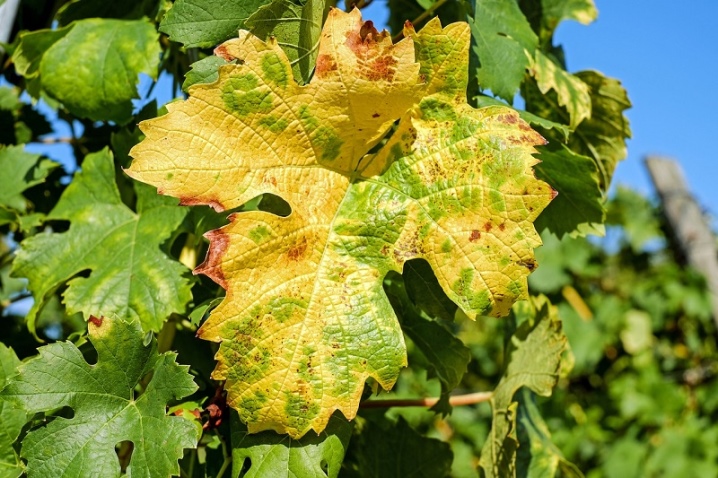
Features and danger of the disease
Chlorosis provokes a disruption in the production of chlorophyll by the plant, due to which the activity of photosynthesis decreases, which is one of the main elements of the vital activity of representatives of the flora. Lack of minerals, improper soil composition or infectious lesions also lead to a slowdown in chlorophyll production. As a result, the leaves become discolored or yellow. The shoots become lemon-colored.
If chlorosis has been identified in grape varieties that are highly resistant to viral infections, then the shrub can slow down growth, the leaves turn yellow, and the tops of the shoots dry out. If the disease befell grape varieties with a weak immune system, then there is a high probability of the death of the bush.
Untimely treatment of the disease can provoke the death of entire vineyards.


Types and signs of the disease
Among the characteristic signs of the disease, the following are distinguished:
- shedding and yellowing of foliage;
- cessation of shoot growth;
- reduction in fruit size;
- looseness of grape clusters.
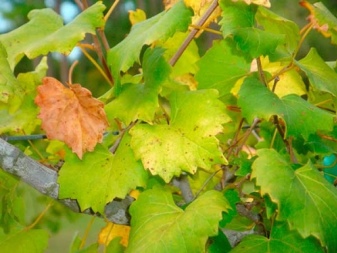
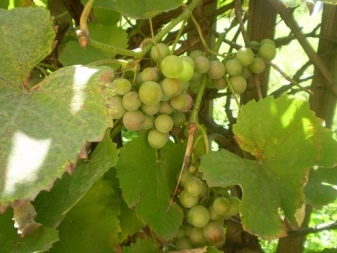
Certain signs of the disease are more or less manifested depending on the type of disease.
- Non-infectious chlorosis. It develops due to improper saturation of grapes with minerals in the soil. It is distinguished by yellowing of foliage in the area of veins, shedding of flowers and bunches, the plant stops growing.
- Infectious chlorosis... This type of disease develops due to fungi, viruses and microorganisms and dies at temperatures from + 58 ° C. Signs of the disease: yellow spots are randomly scattered on green foliage. The shoots change shape, the size of the bunches decreases. It is recommended to uproot such shrubs immediately, since it will be difficult to cope with the disease, and there is a risk of infecting other plants.
- Carbonate chlorosis... It is considered the most common and develops on vines growing on dense soil with poor gas exchange. As a result, the plant does not receive the proper amount of carbonate and alkali. In most cases, the disease is local in nature. The plant turns yellow, then dries up and dies.

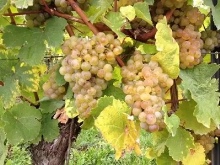

Reasons for the appearance
Chlorosis develops due to viral damage or lack of nutrients. A non-infectious type of disease can be caused by the following points:
- excessive soil moisture;
- prolonged precipitation;
- unbalanced intake of chemical elements into the earth.
Most often, non-infectious chlorosis is caused precisely by a lack of iron and an excessive content of lime in the soil.

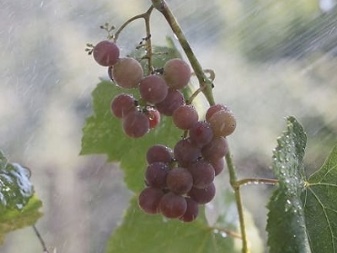
Treatment methods
Treatment of a disease such as chlorosis is directly related to the cause of its occurrence. The non-infectious type of the disease is treated by performing agrotechnical work and using chemical components. The viral type of the disease is treated with fungicides, but the infected areas must first be removed, since viral infections spread quite quickly and are very difficult to treat.
Among the agrotechnical manipulations required to get rid of chlorosis, the following are distinguished:
- light, well-ventilated soils are selected for growing grapes;
- improve air and water permeability;
- the soil is mulched;
- preventive drainage of the earth.
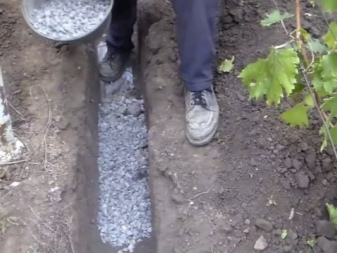
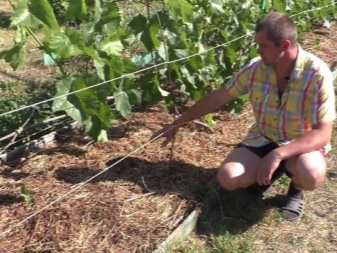
Medicines are also mandatory. Among the most effective means are:
- iron chelates and sulfate;
- ammonium sulfate and iron;
- sulfuric acid.
You can also additionally use mineral supplements with magnesium and zinc.
But when applying fertilizers, you must strictly follow the dosages indicated on the preparations, since a deficiency or excessive use of trace elements can negatively affect the general condition of the plant.
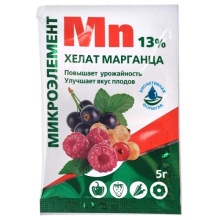

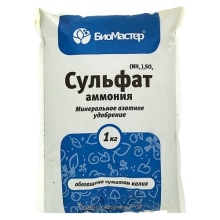
If the soil is prone to alkalization, then ferrous sulfate must be mixed with citric acid. If the use of products containing iron did not give the desired result, then most likely the disease is infectious.
The use of fungicides is also effective only for non-infectious disease.... In the case of infectious chlorosis, the only correct solution is to remove the affected plants to prevent infestation of other shrubs.
In the case of carbonate chlorosis, folk remedies are most often used. These include the processing of the earth with a solution of ferrous sulfate and rubbing iron salts into the shoots of grapes.
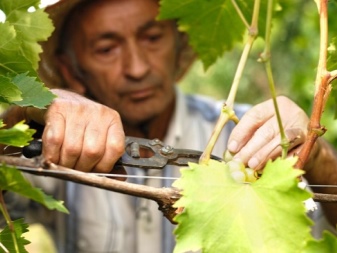

Tips and Prevention
The fight against chlorosis is a complex and lengthy process, therefore, in order to prevent the development of the disease, it is recommended to pay attention to preventive measures.
- Immediately before planting grapes, manipulations should be performed to improve the condition of the soil, its water and air permeability. This is especially important in areas where heavy soil and groundwater are close to the surface. It is possible to improve the soil by creating drainage from crushed stone (it will prevent water stagnation) and 10-15 centimeters of slag. An additional bonus in this situation will be the suppression of weed growth and the absence of the need to cultivate the land.
- Introduction of organic components into the ground: peat, compost, humus. But it is worth abandoning the use of manure, because when it is decomposed, carbon dioxide is released. And this provokes the dissolution of lime and an increase in the carbonation of the earth.
- Planting plants such as clover, grasses or alfalfa next to grapes will result in permanent turfing of the soil. These plants change the chemical composition of the earth and make it good for grapes. In addition, the soil is enriched with nitrogen and is not washed out.
- Every spring and during growth grapes are treated with a solution of ferrous sulfate and iron chelate.
- Follows regularly apply potash fertilizers, even the foliar method is allowed.
- The soil is regularly loosened and mulched, especially if it is tight or heavy. If the soil is loamy, then sand should be added to the ground before planting grapes.
- You should completely abandon the use of mineral fertilizers.
- In the autumn period, the earth must be dug up with high quality.
- Moderate watering even in dry weather conditions.
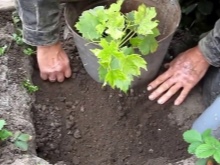
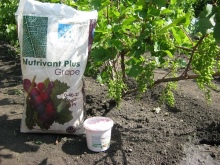

But the main preventive measure is the selection of grape varieties that are not prone to chlorosis. Among this kind of varieties, the following are distinguished:
- "Alexa";
- "Eastern Talisman";
- "Zaporizhzhya kishmish";
- "Muscatel";
- Elbling.
It should be understood that each type of chlorosis requires an individual approach for more effective treatment. Therefore, when choosing methods of treatment, it is necessary to accurately determine the type of disease.
And it is even better to think in advance about preventing this disease and purchase a grape variety that will not be afraid of chlorosis, then you can be sure of a high-quality and abundant harvest.
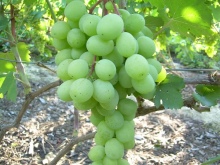
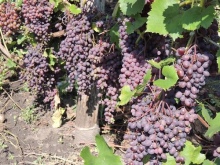
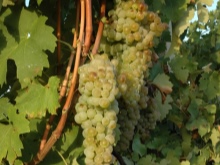
You can learn how to deal with chlorosis of grapes without spraying from the video below.













The comment was sent successfully.